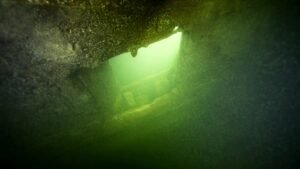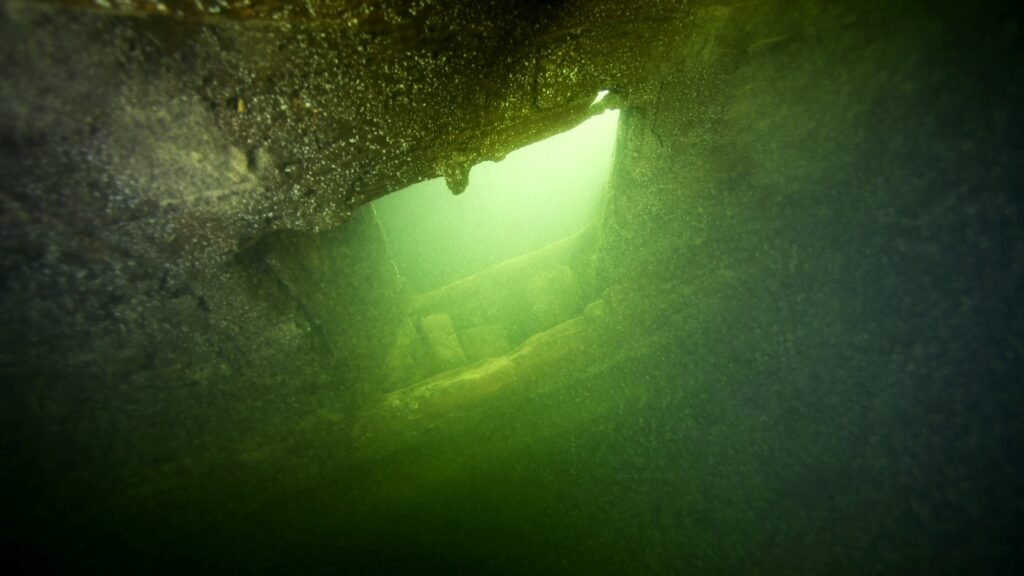Maritime archaeologists in Sweden have made an exciting discovery as they found the long-lost sister vessel of the iconic warship “Vasa” that went down off Stockholm on its maiden voyage in the 17th century, in a find being described as globally unique, the Swedish Museum of Wrecks announced.

Launched in 1629, “Applet” (“The Apple”) was built by the same shipbuilder as the famed 69-meter (225-foot) “Vasa,” which is now on display in Stockholm after being salvaged in the 1960s.
“Our pulses raced when we saw how similar the wreck was to Vasa,” said Jim Hansson, a maritime archaeologist at the museum.
The huge shipwreck was discovered in December 2021 in a strait off the island of Vaxholm just outside the capital, Stockholm, according to the museum.
Hansson said the construction and the dimensions seemed “very familiar” to them, sparking hope it could be one of Vasa’s sister ships.
While parts of the ship’s sides had fallen off, the hull was preserved up to the lower gundeck, and the parts that had fallen off showed gunports on two levels.
A more thorough survey of the wreck was carried out in the spring of 2022, which revealed ship details that had previously only been seen on the Vasa.
The museum said technical details as well as measurements and wood samples confirmed that it was “indeed Applet, Vasa’s sister ship.”
In 2019, the same museum reported the discovery of two other warships in the same area.
Archaeologists at the time believed that one of them could have been Applet, but further investigations showed that those vessels instead were two medium-sized warships from 1648 – named “Apollo” and “Maria.”
Key puzzle piece
“With ‘Applet,’ we can add another key piece of the puzzle in the development of Swedish shipbuilding,” Hansson said, adding that this enabled researchers to study the differences between Applet and Vasa.
“This will help us understand how the large warships evolved, from the unstable Vasa to seaworthy behemoths that could control the Baltic Sea – a decisive factor in Sweden’s emergence as a great power in the 1600s,” Patrik Hoglund, another maritime archeologist at the museum, said.
Named after one of Sweden’s kings, Vasa was originally meant to serve as a symbol of Sweden’s military might but instead capsized after sailing just over 1,000 meters (yards).
It was salvaged in 1961 and is currently on display at the Vasa Museum in Stockholm, one of Sweden’s most popular tourist spots.
According to the museum, the designer of both ships, Hein Jakobsson, realized that Vasa’s proportions could lead to instability even before she was launched and therefore built Applet wider than her ill-fated sister.
In late 1658 the ship was no longer deemed seaworthy and was sunk the following year at Vaxholm.
Two other ships were also ordered from the same shipwright: “Kronan” (“the Crown”) and “Scepter,” and like Applet, they also served in the Swedish navy and participated in naval battles.
The ships are believed to have been sunk on purpose after they were decommissioned.


